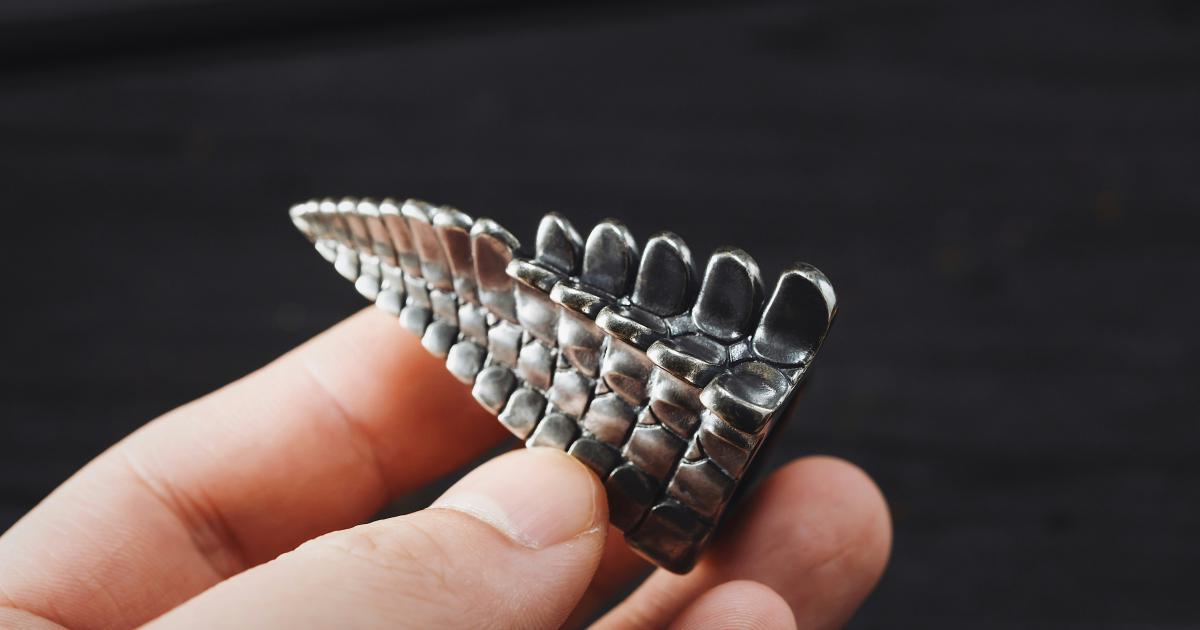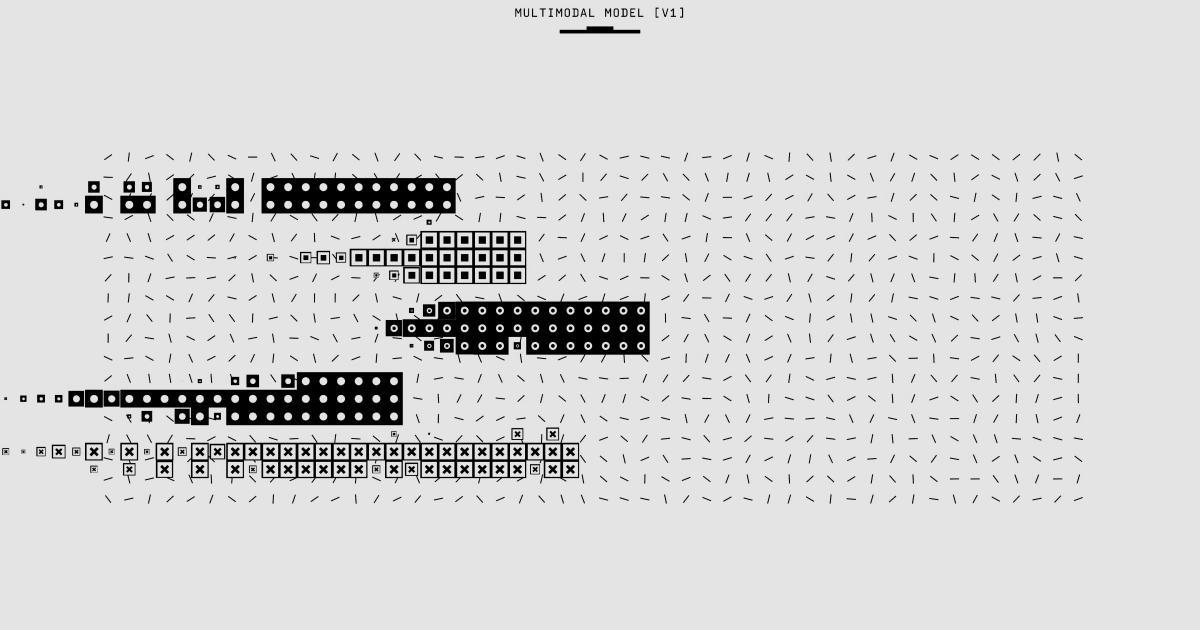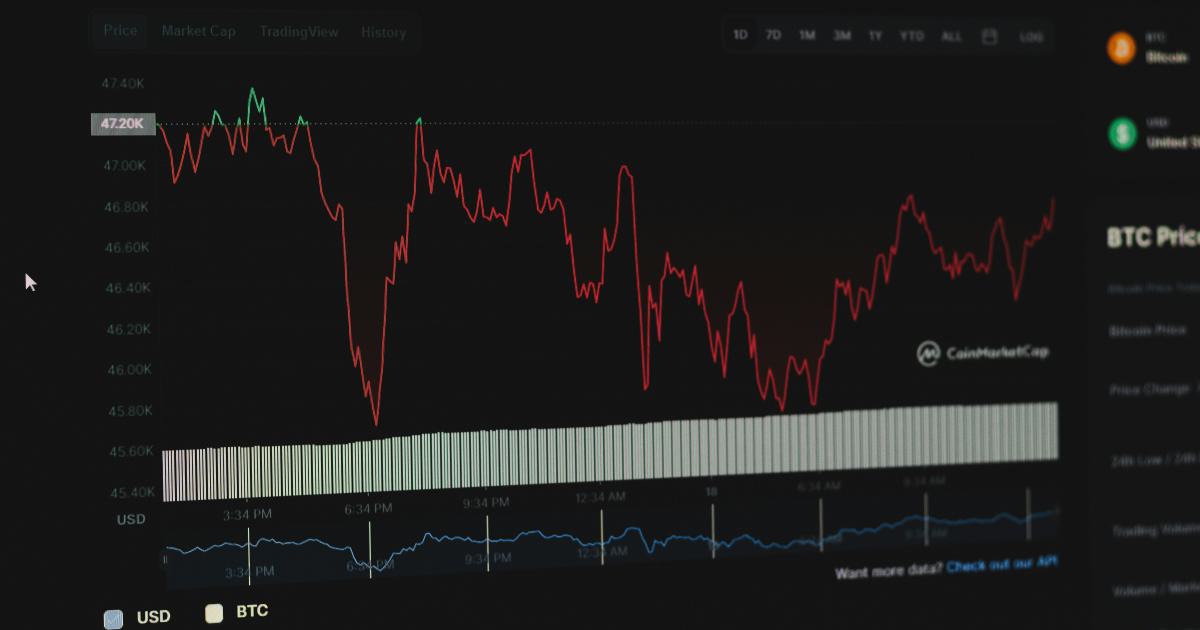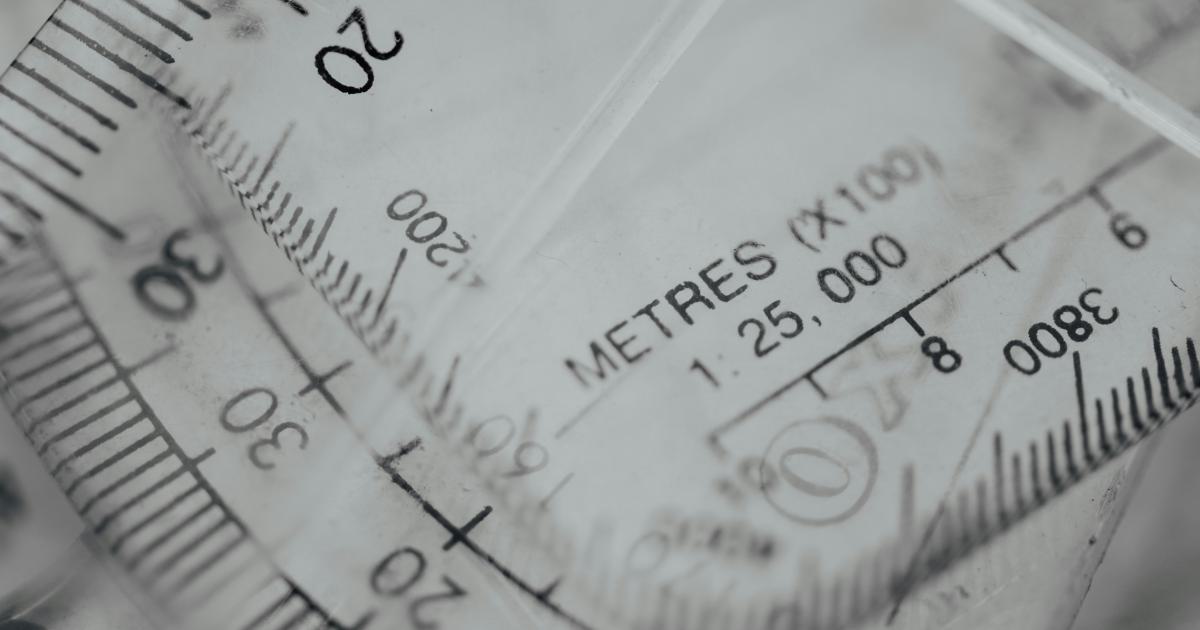Revamp SEO with Airtight Broken Link Metrics


Introduction: Unlocking the Power of Broken Link Metrics
In the ever-evolving world of digital marketing, search engine optimization (SEO) remains a crucial aspect of driving traffic and improving online visibility. One often overlooked, yet highly impactful, SEO strategy is the management of broken links. Broken link metrics, when leveraged effectively, can unlock a wealth of insights and opportunities to enhance your website's performance.

Broken links, or URLs that no longer function, can have a detrimental impact on user experience, search engine rankings, and overall website health. By monitoring and addressing these broken link issues, you can not only improve the user journey but also capitalize on the valuable SEO benefits that come with a well-maintained, cohesive website.
In this comprehensive guide, we'll dive deep into the world of broken link metrics, exploring the strategies and best practices that will help you revamp your SEO efforts and drive measurable results.
Understanding Broken Link Metrics
What are Broken Link Metrics?
Broken link metrics refer to the data and analytics surrounding the broken or non-functioning links on your website. These metrics provide insights into the prevalence, distribution, and impact of broken links, allowing you to identify and address problem areas.
Metrics commonly associated with broken links include:
Total Broken Links: The total number of broken links across your website.
Broken Link Ratio: The percentage of broken links compared to the total number of links on your website.
Broken Link Distribution: The distribution of broken links across different pages, sections, or content types on your website.
Broken Link Impact: The potential impact of broken links on user experience, search engine rankings, and overall website performance.
By closely monitoring these metrics, you can gain a comprehensive understanding of the broken link landscape on your website and develop targeted strategies to address these issues.
Importance of Broken Link Metrics
Broken link metrics are crucial for several reasons:
User Experience: Broken links can frustrate users, leading to a poor overall experience on your website. Addressing these issues can enhance user satisfaction and encourage longer session durations.
Search Engine Optimization: Search engines, such as Google, view broken links as a sign of a poorly maintained website, which can negatively impact your search rankings. Fixing broken links can boost your SEO performance.
Website Credibility: Broken links can undermine the credibility and trustworthiness of your website, as they suggest a lack of attention to detail and a disregard for the user experience.
Internal Linking Structure: Broken links can disrupt the internal linking structure of your website, hindering the flow of link equity and making it more challenging for search engines to crawl and index your content effectively.
Technical Website Health: Broken links are often indicative of larger technical issues on your website, such as outdated content, server errors, or content migration problems. Addressing these link-related problems can improve the overall technical health of your website.
By closely monitoring and addressing broken link metrics, you can unlock a wealth of benefits for your website, ultimately driving improved user engagement, higher search rankings, and enhanced overall performance.

Identifying Broken Links
Before you can address broken link issues, you need to identify them. There are several methods and tools available to help you detect and analyze broken links on your website.
Manual Inspection
While not the most scalable approach, manually inspecting your website pages can be a useful starting point for identifying broken links. This involves systematically clicking through your website and checking for any non-functioning links.
This method can be particularly effective for smaller websites or when you suspect a specific page or section may have a high concentration of broken links.
Automated Broken Link Checkers
To scale your broken link detection efforts, consider utilizing automated broken link checker tools. These tools can crawl your website, identify broken links, and provide detailed reports on the issues found.
Some popular broken link checker tools include:
- W3C Link Checker: A free online tool provided by the World Wide Web Consortium (W3C) to scan websites for broken links.
- Screaming Frog SEO Spider: A powerful desktop-based crawler that can detect broken links and other technical SEO issues.
- Google Search Console: Google's webmaster tool suite, which includes a feature to identify and report on broken links on your website.
- Ahrefs Site Audit: A comprehensive SEO tool that includes a broken link analysis feature.
Each of these tools has its own unique capabilities and reporting features, so it's worth exploring a few options to find the one that best suits your needs.

Monitoring Website Analytics
In addition to dedicated broken link checker tools, you can also leverage your website analytics to identify potential broken link issues. Look for high bounce rates, increased page abandonment, or other user engagement metrics that may indicate the presence of broken links.
Tools like Google Analytics, Matomo, or Mixpanel can provide valuable insights into user behavior and pain points, which can then be used to uncover and address broken link problems.
Analyzing Broken Link Metrics
Once you've identified the broken links on your website, it's time to analyze the data to uncover meaningful insights and develop an effective remediation strategy.
Understand Broken Link Distribution
Analyze the distribution of broken links across your website to identify patterns and problem areas. Consider the following metrics:
Page-Level Broken Links: Identify the pages with the highest concentration of broken links, as these may require more immediate attention.
Content Type Breakdown: Categorize broken links by content type (e.g., blog posts, product pages, resource pages) to understand which areas of your website are most affected.
Internal vs. External Links: Distinguish between broken internal links (within your own website) and broken external links (pointing to other websites) to prioritize your remediation efforts.
Understanding the distribution of broken links can help you develop a targeted approach to address the most critical issues.

Assess Broken Link Impact
Evaluate the potential impact of broken links on your website's performance. Consider the following factors:
User Experience: Analyze the pages with high bounce rates or low engagement, as these may be indicative of broken link issues that are negatively affecting the user experience.
Search Engine Rankings: Check for any correlation between broken links and declines in search engine rankings, as search engines tend to penalize websites with a high number of broken links.
Content Value: Identify high-value pages or content pieces that are affected by broken links, as these may have a more significant impact on your overall website performance.
By understanding the impact of broken links, you can prioritize your remediation efforts and allocate resources effectively to address the most critical issues.
Identify Broken Link Trends
Analyze your broken link metrics over time to identify trends and patterns. This can help you:
Detect Recurring Issues: Identify recurring broken link problems that may require more in-depth investigation or structural changes to your website.
Monitor Improvement: Track the progress of your broken link remediation efforts and assess the effectiveness of your strategies.
Anticipate Future Challenges: Identify emerging broken link issues before they become more significant problems, allowing you to proactively address them.
By monitoring broken link trends, you can maintain a proactive approach to website maintenance and ensure that your SEO efforts continue to deliver long-term benefits.

Developing a Broken Link Remediation Strategy
With a comprehensive understanding of your broken link metrics, you can now develop a strategic plan to address these issues and optimize your website's performance.
Prioritize Broken Link Remediation
Not all broken links are created equal. Prioritize your remediation efforts based on the following factors:
Impact on User Experience: Address broken links on high-traffic pages or those that are critical to the user journey.
Impact on Search Engine Rankings: Focus on fixing broken links that may be negatively affecting your search engine rankings.
Internal vs. External Links: Prioritize internal broken links, as these are within your control and can have a more immediate impact on your website's performance.
Content Value: Identify and address broken links on high-value content pieces, such as cornerstone content or popular blog posts.
By prioritizing your broken link remediation efforts, you can maximize the impact of your efforts and ensure the most critical issues are addressed first.
Implement Broken Link Redirection
When addressing broken links, the goal is not just to remove the link, but to provide a seamless user experience. Implement appropriate redirects to ensure users are seamlessly directed to the correct page or content.
Depending on the nature of the broken link, consider the following redirection strategies:
Permanent Redirects (301): Use 301 redirects to permanently redirect users and search engines to the new, correct URL.
Temporary Redirects (302): Leverage 302 redirects when the broken link is a temporary issue or the content has been moved to a new location.
URL Canonicalization: Establish canonical URLs to consolidate and direct link equity to the correct version of a page.
Proper redirection not only enhances the user experience but also helps search engines understand and index your website's content correctly.

Implement Broken Link Monitoring
Develop a system to continuously monitor and address broken links on your website. This can include:
Automated Monitoring: Set up regular crawls or integrations with broken link checker tools to automate the detection process.
Ongoing Audits: Conduct periodic manual audits to supplement your automated monitoring and identify any new or emerging broken link issues.
Workflow Integration: Integrate broken link monitoring and remediation into your existing website maintenance and content management workflows.
Continuous monitoring and proactive maintenance will ensure that your website remains free of broken links, providing a seamless user experience and maintaining strong SEO performance.

Optimize Content and Linking Structure
As you address broken links, take the opportunity to review and optimize your website's content and internal linking structure. This can include:
Content Audit: Evaluate the relevance, accuracy, and value of your website's content, and consider updating or removing outdated or irrelevant pages.
Internal Linking: Strengthen your website's internal linking structure by adding relevant, contextual links between related content pieces.
External Linking: Carefully curate and maintain your external linking strategy, ensuring that you only link to high-quality, authoritative websites.
By optimizing your content and linking structure, you can not only address broken link issues but also enhance the overall user experience and search engine visibility of your website.
Demonstrating Broken Link Metric Improvements
As you implement your broken link remediation strategy, it's crucial to track and showcase the tangible improvements in your website's performance.
Measure Key Performance Indicators (KPIs)
Identify and monitor the KPIs that are most relevant to your broken link remediation efforts. These may include:
Total Broken Links: Track the reduction in the total number of broken links on your website.
Broken Link Ratio: Monitor the decrease in the percentage of broken links compared to the total number of links.
Bounce Rate: Observe any improvements in bounce rates on pages affected by broken links.
User Engagement: Analyze metrics like average session duration, pages per session, and conversion rates to gauge the impact on user experience.
Search Engine Rankings: Monitor any improvements in your website's search engine rankings, particularly for pages that have had broken link issues addressed.
By tracking these KPIs, you can demonstrate the tangible benefits of your broken link remediation efforts and justify the investment of time and resources.

Communicate Successes and Learnings
Regularly communicate the progress and successes of your broken link remediation efforts to key stakeholders, including:
Website Owners: Provide regular updates on the status of broken link issues and the improvements made to the overall website performance.
Marketing Teams: Highlight how the broken link remediation efforts have contributed to improved user engagement, conversion rates, and search engine visibility.
Technical Teams: Share learnings and best practices with your development and IT teams to ensure ongoing maintenance and proactive monitoring of broken links.
By effectively communicating your successes and learnings, you can build buy-in, secure resources for future initiatives, and establish yourself as a trusted authority on website optimization and SEO.
Conclusion: Unlocking the Full Potential of Broken Link Metrics
In the dynamic world of digital marketing, the careful management of broken link metrics can be a game-changer for your SEO efforts. By understanding the impact of broken links, developing a strategic remediation plan, and continuously monitoring your website's performance, you can unlock a wealth of opportunities to enhance user experience, improve search engine rankings, and drive long-term success for your online presence.
Remember, the key to success lies in your ability to transform broken link data into actionable insights and tangible improvements. By embracing the power of broken link metrics, you can elevate your SEO strategies, staying ahead of the curve and positioning your website for sustainable growth.